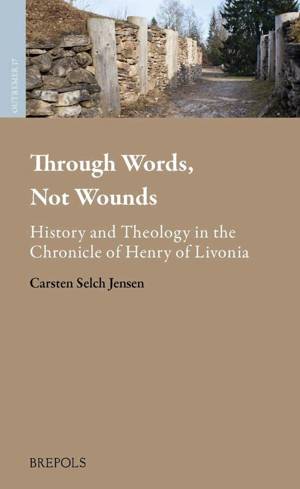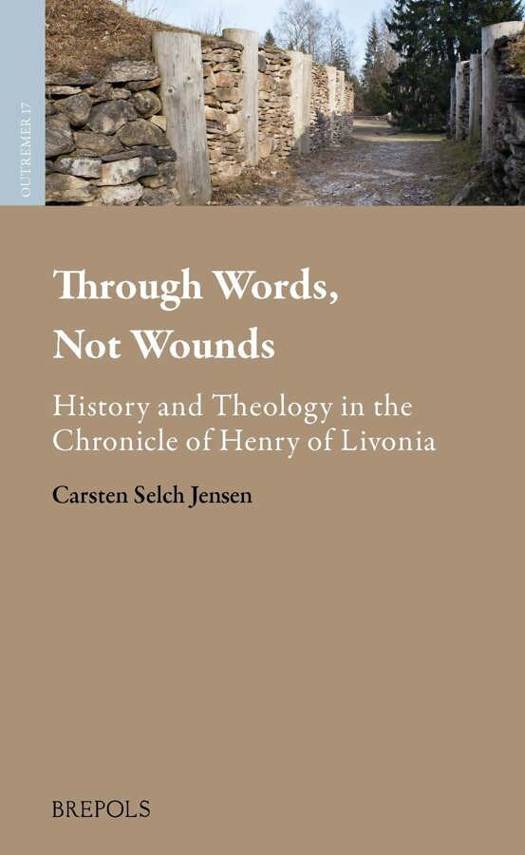
- Afhalen na 1 uur in een winkel met voorraad
- Gratis thuislevering in België vanaf € 30
- Ruim aanbod met 7 miljoen producten
- Afhalen na 1 uur in een winkel met voorraad
- Gratis thuislevering in België vanaf € 30
- Ruim aanbod met 7 miljoen producten
Through Words, Not Wounds
History and Theology in the Chronicle of Henry of Livonia
Carsten Selch Jensen
Hardcover | Engels, Latijn
€ 95,40
+ 190 punten
Omschrijving
The chronicle of Henry of Livonia has long been recognized as the single most important source on the early history of Livonia and Estonia in the late twelfth and early thirteenth centuries. The chronicler describes in great detail how the people of the region were subjected to intense campaigns of crusading and mission from the 1180s until the 1220s, primarily at the hands of ecclesiastical and secular powers of Northern Germany (Saxony), Denmark and Sweden. The chronicler himself, a German cleric named Henry (Henricus), was not only active in recording the events that happened around him. He also took a very active role as a missionary and interpreter among the indigenous population as well as joining the armies of crusaders on campaign, making this chronicle both a first-hand account and a very intriguing narrative. Papal missionary politics and theological ideas are intermingled in the chronicle with detailed descriptions of military campaigns, raids and sieges, making the entire chronicle a fascinating read. The aim of this book is to clarify the ways in which Henry construes the historical events that he describes, portraying them as the continuation of a form of sacred history that was initiated by God in biblical times and continued by clerics and crusaders among Henry's own peers.
Specificaties
Betrokkenen
- Auteur(s):
- Uitgeverij:
Inhoud
- Aantal bladzijden:
- 292
- Taal:
- Engels, Latijn
Eigenschappen
- Productcode (EAN):
- 9782503580616
- Verschijningsdatum:
- 18/11/2024
- Uitvoering:
- Hardcover
- Formaat:
- Genaaid
- Gewicht:
- 725 g

Alleen bij Standaard Boekhandel
+ 190 punten op je klantenkaart van Standaard Boekhandel
Beoordelingen
We publiceren alleen reviews die voldoen aan de voorwaarden voor reviews. Bekijk onze voorwaarden voor reviews.










